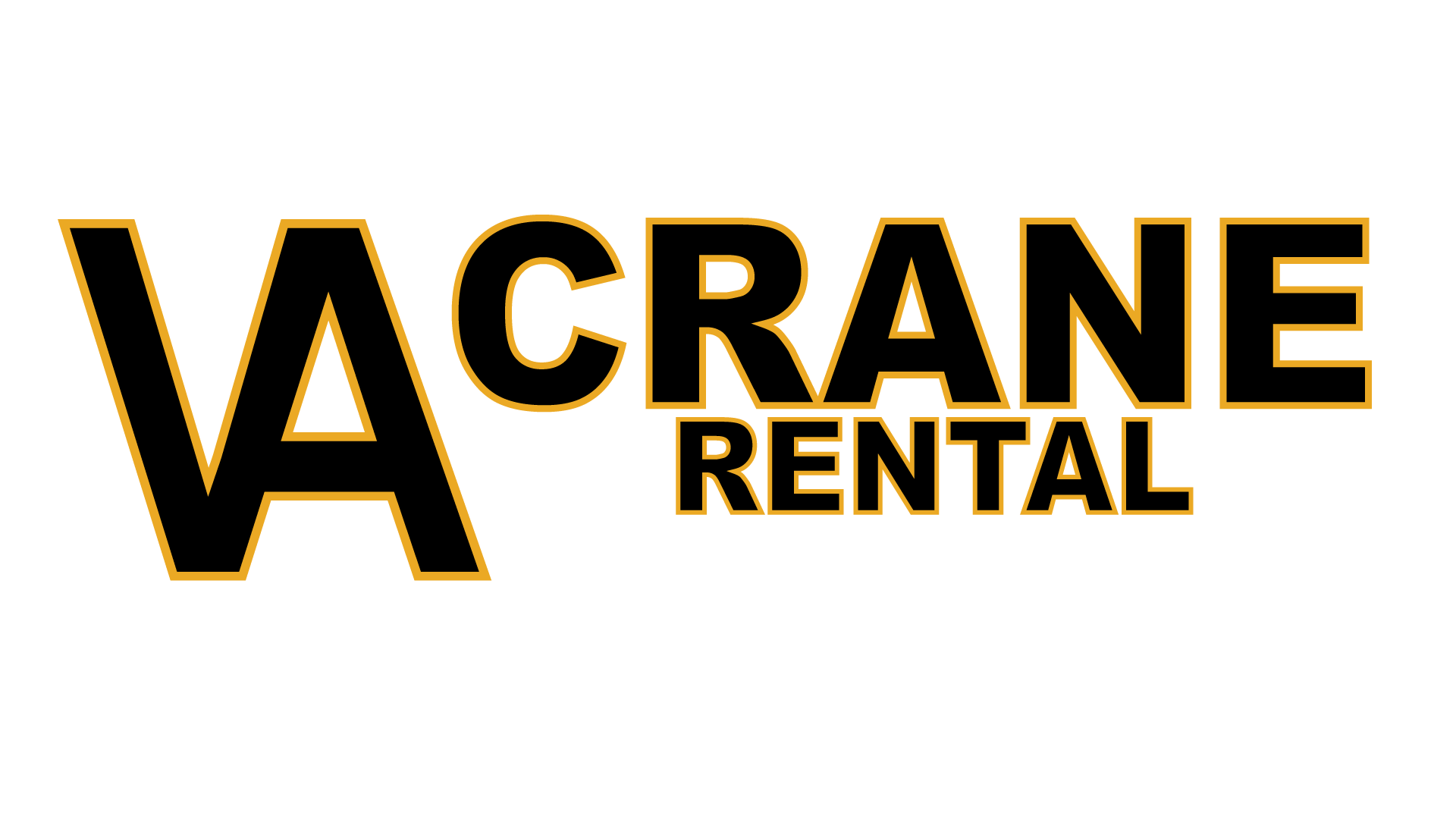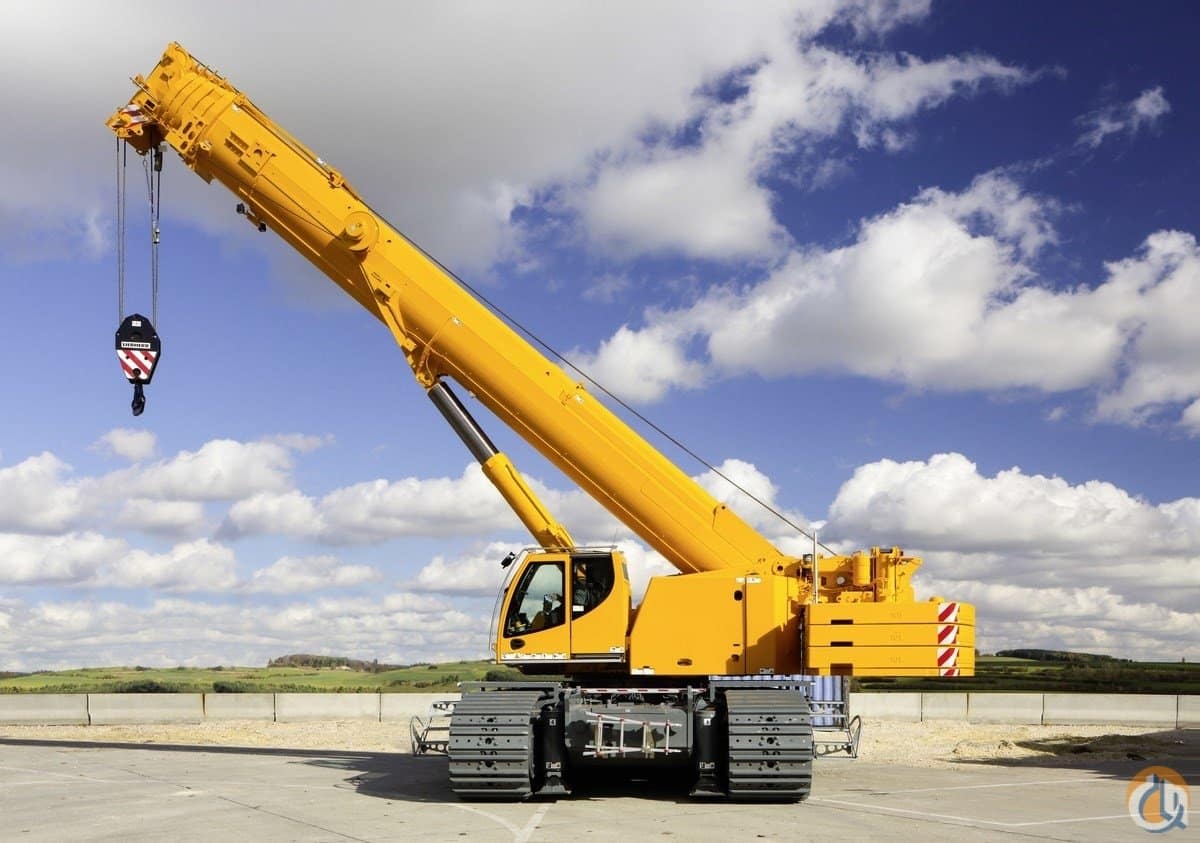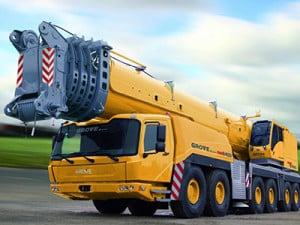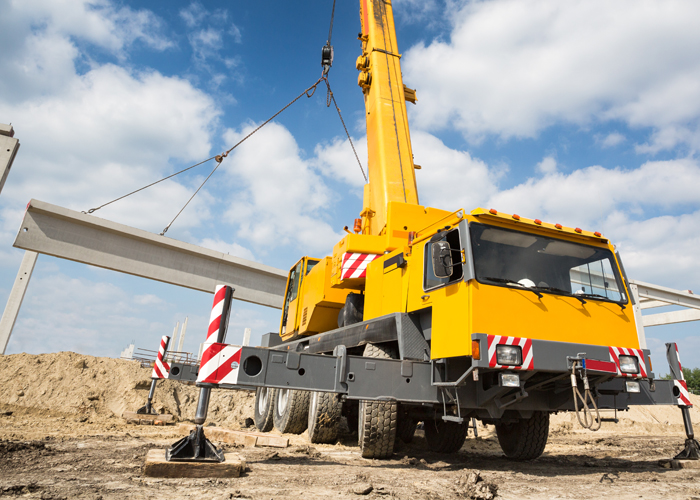When it comes to tackling heavy lifting tasks in construction, industrial, or logistical projects, choosing the right crane is essential. Crane rentals provide a convenient solution by offering access to various types of cranes specifically designed to meet different lifting needs. Understanding the types of cranes available for rent is crucial in selecting the most suitable option for your specific project requirements. In this article, we will provide you with a comprehensive Crane Rental 101 guide, explaining the different types of cranes available and their applications. By gaining knowledge about these crane types, you can make informed decisions and ensure the success of your lifting operations.
- Mobile Cranes: Mobile cranes are versatile and widely used in various construction projects. They are mounted on wheeled chassis, allowing for easy transportation and maneuverability. Some common types of mobile cranes include:
- All-Terrain Cranes: These cranes are designed to operate on all types of terrain, offering high mobility and lifting capacities. They are suitable for projects that require frequent relocation and lifting heavy loads.
- Rough-Terrain Cranes: Rough-terrain cranes feature robust tires and excellent off-road capabilities. They are ideal for construction sites with challenging terrains and can handle heavy lifting tasks in such conditions.
- Truck-Mounted Cranes: Mounted on trucks, these cranes offer quick setup and high mobility. They are commonly used for short-term projects and can be easily transported between job sites.
- Tower Cranes: Tower cranes are known for their height and stability, making them ideal for high-rise construction projects. They consist of a tall tower mast and a rotating jib arm. Tower cranes are fixed to the ground or attached to the building under construction, providing exceptional lifting capabilities at great heights. They are commonly used for tasks such as lifting heavy materials, concrete panels, and steel structures.
- Crawler Cranes: Crawler cranes are equipped with tracks instead of wheels, allowing them to traverse various terrains without the need for outriggers. These cranes are highly stable and can handle heavy lifting operations. They are commonly used in projects that require mobility on uneven surfaces or in confined spaces, such as bridge construction or demolition projects.
- Telescopic Cranes: Telescopic cranes, also known as hydraulic cranes or boom cranes, feature an extendable boom that can be adjusted to different lengths. They offer excellent reach and lifting capacities. Telescopic cranes are often used in construction, maintenance, and industrial projects that require versatility and flexibility in lifting operations.
- Overhead Cranes: Overhead cranes are commonly found in manufacturing facilities, warehouses, and industrial settings. They consist of a bridge-like structure that runs along elevated tracks, allowing horizontal movement. Overhead cranes are used for heavy material handling tasks within a fixed area. They are available in various configurations, such as single-girder or double-girder, depending on the lifting requirements.
Conclusion: Understanding the types of cranes available for rent is essential for selecting the right equipment for your lifting needs. Mobile cranes, tower cranes, crawler cranes, telescopic cranes, and overhead cranes each offer unique advantages and applications. By considering factors such as lifting capacity, mobility requirements, site conditions, and project scope, you can choose the most suitable crane type for your specific project. Consult with a reputable crane rental company to discuss your requirements and ensure that you have the right crane to successfully execute your lifting operations.








